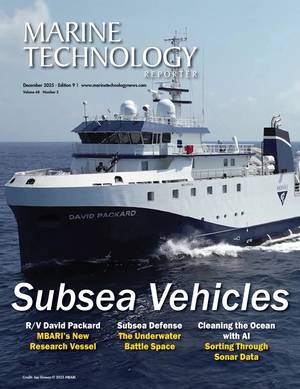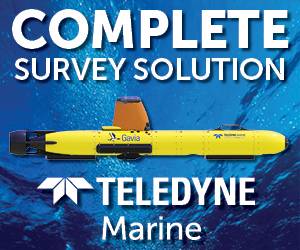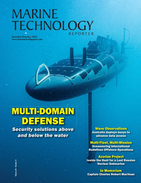Money Pours in for Hull Cleaning Technology
In April this year, the IMO Marine Environment Protection Committee approved guidance on in-water cleaning of ships' biofouling and also approved a proposal for the development of a legally binding framework for the management of biofouling.
The move comes in recognition that biofouling is a key contributor invasive species and to greenhouse gas emissions. Biofouling can increase fuel consumption by up to 30%, costing the shipping industry $40-50 billion annually and driving excess emissions.
Robotics companies are gearing up.
This week Hullbot has closed a A$16 million ($10.3 million) Series A round to finance its autonomous underwater robots for cleaning and inspecting hulls. The new capital will help the company scale its manufacturing, establish more international service hubs, and evolve its robotic systems to accommodate larger shipping vessel classes.
In September, Neptune Robotics raised $52 million for its underwater robots which it claims cleans hulls 3-5 times faster than divers. Its systems can clean full draft Capesize vessels in under 24 hours, operating day and night in clear or murky waters and even in 4-knot strong currents.
In October, Yanmar Holdings and Sony Group Corporation established a joint venture to advance underwater sensing technology which will initially be focused on ROVs used for underwater surveys and hull-cleaning operations. Yanmar is developing a high-pressure water jet ROV that offers a fast cleaning speed, along with a debris collection system capable of filtering and retrieving organic material at the micrometer level.
Sony brings advanced technologies to the project, including global-shutter image sensors that enable distortionless high-sensitivity image capture of moving objects, image processing technology adapted for turbidity, particulate matter, and other undersea conditions, and real-time self-position estimation systems.
Meanwhile, the Port of Auckland is in the final stages of developing an in-port biofouling solution to clean niche areas of ships in partnership with New Zealand Diving and Salvage Limited. The technology is new and Port of Auckland and NZDS are keeping the details of how it works under wraps while it seeks IP protection.


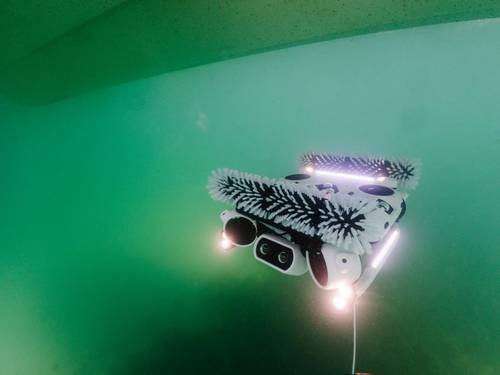

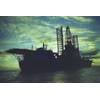
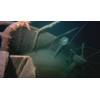









 December 2025
December 2025
